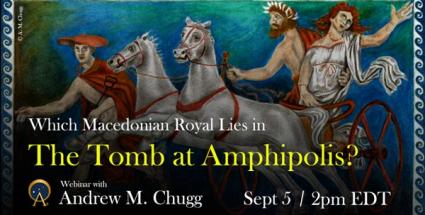The first civilization in world history in the marshlands of southern Mesopotamia was founded by the Sumerians. The greatest epoch in Sumerian history flourished during the Uruk Period, when mighty and powerful rulers ruled and governed the land. As phonetic script was only developed towards the end of the Uruk Period, no texts going back to that time are available to us. We do, however, have access to a powerful oral tradition handed down through the ages.
The Urukite rulers were remembered as the greatest heroes of all ages in the epic tales of poets, court bards and storytellers who began composing oral lays of ancient Uruk soon after their lifetimes. Eventually the glorious deeds of heroes like Enmerkar, Lugalbanda and Gilgamesh, were remembered in stories written down in later times as well as in notes attached to their names in the Sumerian King List.
In this webinar Dr Willem McLoud correlates the tradition about this heroic epoch, as found in the Sumerian King List, with the available archaeological data. The information about these rulers will be discussed in the context of a reconstruction of the Uruk Period in Sumerian history. Moreover, it will be shown how that tradition had been handed down through the ages and how it found its way into other traditions such as the ancient Egyptian, the Hebrew, the Persian and the Indian traditions.
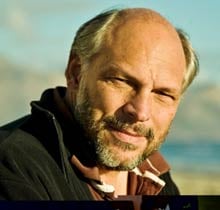
Dr Willem McLoud is an independent South African scholar whose main interests are ancient Middle Eastern and Mediterranean studies, Kantian philosophy and philosophy of science. He has a PhD in Nuclear Physics (Nuclear Fusion) from the University of Natal, a MA in Philosophy of Science from the University of Cape Town as well as a MBL from UNISA. His work has been published in peer-review journals and he is the author of various books, one focusing on the origins of the Mesopotamian material in the primeval history in the Book of Genesis. Willem’s main areas of study regarding the ancient Middle East are the Sumerian, Akkadian and early Egyptian civilizations, with special focus on the Uruk and Akkadian Periods in Mesopotamian history as well as the Old Kingdom Period in Egyptian history. He also has a keen interest in the civilizations which formed in the eastern Mediterranean region during the early second millennium BC. Another passion of his is the legends and myths associated with the great heroic ages of the ancient Middle East.
He has developed a new ancient Middle Eastern chronological model in which the Mesopotamian high chronology is correlated with the Egyptian low chronology. He is the author of Secrets and Enigmas of the Sumerians and Akkadians, available at https://www.whisperingtales.net/




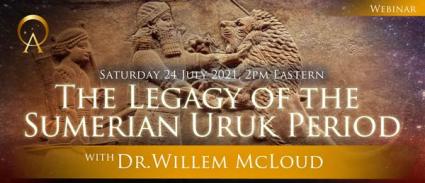
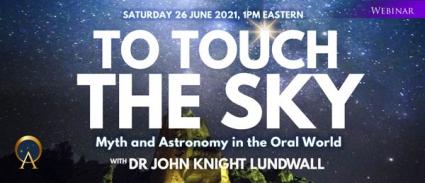
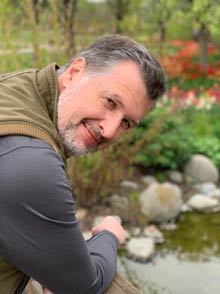
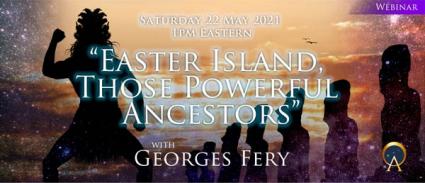
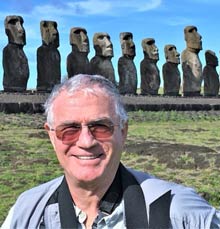

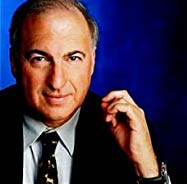 Laurence Bergreen
Laurence Bergreen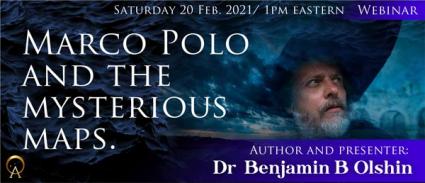


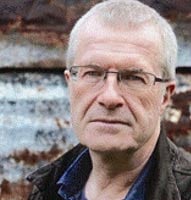
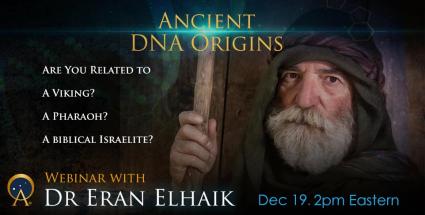
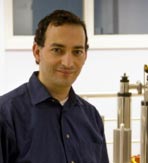 Dr. Eran Elhaik completed a Ph.D. in Molecular Evolution at the University of Houston with Prof. Dan Graur where he studied the evolution of mammalian genomes. He then completed two post-docs at Johns Hopkins University, working with Prof. Aravinda Chakravarti on population genetics and with Prof. Zandi working on mental disorders. Dr. Elhaik was appointed as an Assistant lecturer in the Bioinformatics Hub of the University of Sheffield, England, focusing on population genetics and complex disorders that he links via personalized medicine. In 2019, he became an Associate Professor at the University of Lund, Sweden. Dr. Elhaik’s research typically employs complex computational, statistical, epidemiological, and mathematical approaches to interdisciplinary fields like complex disorders, population genetics, personalized medicine, molecular evolution, genomics, paleogenomics, and epigenetics covering various organisms from ants to humans. Due to his innovative and breakthrough work, Dr. Elhaik is one of the most renowned scientists.
Dr. Eran Elhaik completed a Ph.D. in Molecular Evolution at the University of Houston with Prof. Dan Graur where he studied the evolution of mammalian genomes. He then completed two post-docs at Johns Hopkins University, working with Prof. Aravinda Chakravarti on population genetics and with Prof. Zandi working on mental disorders. Dr. Elhaik was appointed as an Assistant lecturer in the Bioinformatics Hub of the University of Sheffield, England, focusing on population genetics and complex disorders that he links via personalized medicine. In 2019, he became an Associate Professor at the University of Lund, Sweden. Dr. Elhaik’s research typically employs complex computational, statistical, epidemiological, and mathematical approaches to interdisciplinary fields like complex disorders, population genetics, personalized medicine, molecular evolution, genomics, paleogenomics, and epigenetics covering various organisms from ants to humans. Due to his innovative and breakthrough work, Dr. Elhaik is one of the most renowned scientists.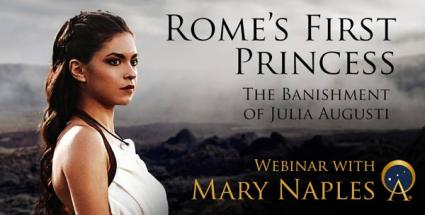
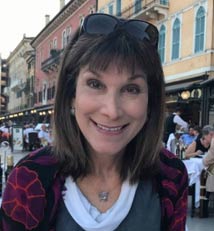 With an emphasis in Women’s Studies,
With an emphasis in Women’s Studies, 